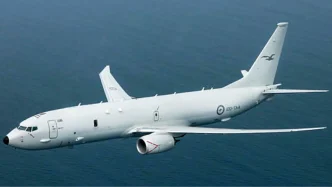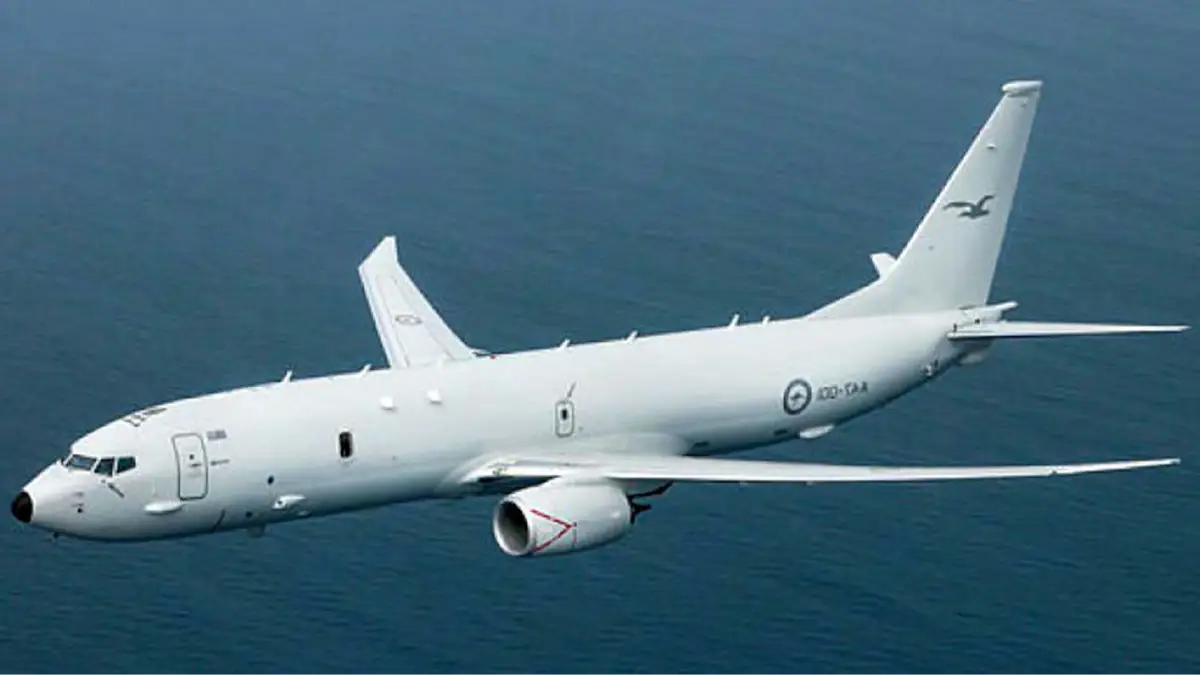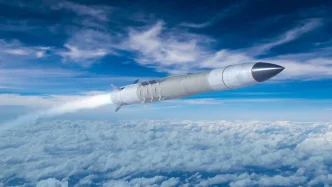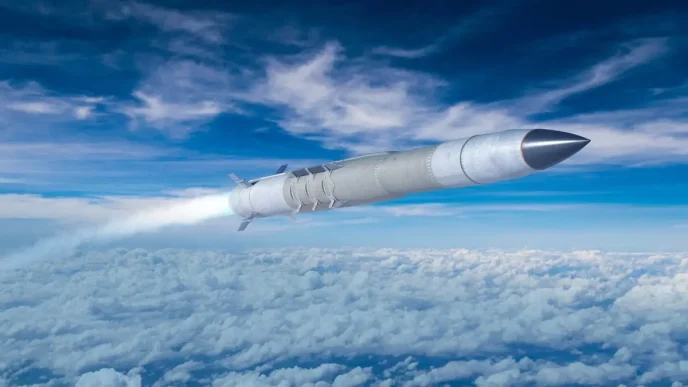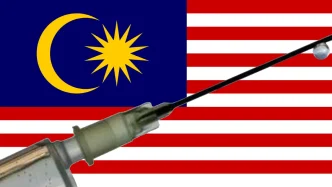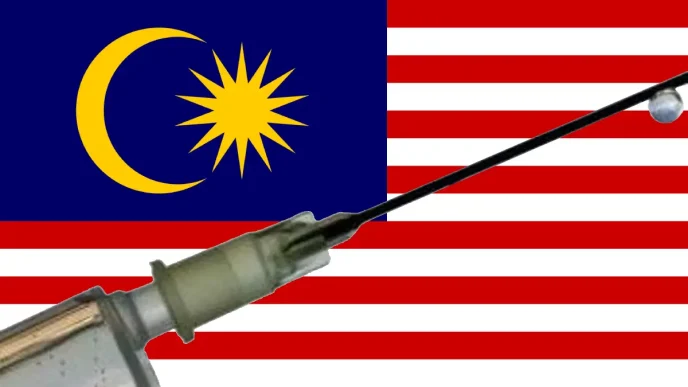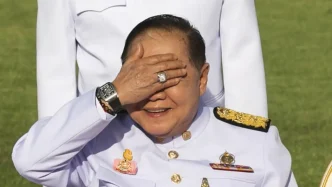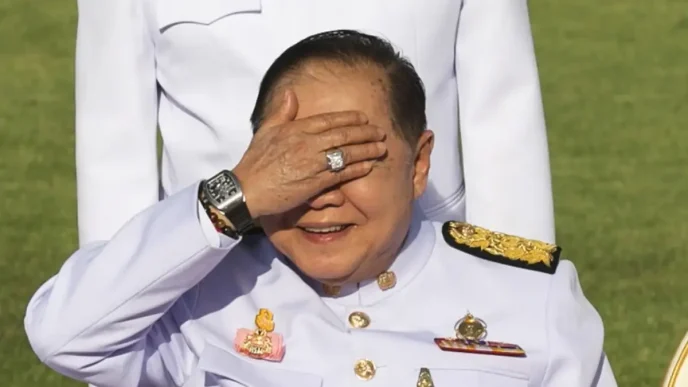In a powerful display of military cooperation, Australia and the Philippines have initiated their largest joint exercises to date, involving over 3,600 personnel in live-fire drills and a beach assault near the contested waters of the South China Sea. Named “Alon”—meaning “wave” in Tagalog—the exercises underscore a deepening alliance amid escalating tensions with China over the resource-rich maritime region.
A Show of Strength and Solidarity
The drills, which commenced on Friday and will continue until August 29, are taking place in a Philippine town along the South China Sea, a vital global trade route where territorial disputes have intensified in recent years. Australia has deployed an impressive array of military assets, including a guided-missile navy destroyer, F/A-18 supersonic fighter jets, a C-130 troop and cargo aircraft, Javelin anti-tank weapons, and special forces sniper units. The exercises aim to simulate complex battle maneuvers, demonstrating the allies’ ability to project force across vast distances in the Indo-Pacific region.
Vice Admiral Justin Jones of the Royal Australian Navy emphasized the strategic importance of the operation. “This exercise reflects Australia’s commitment to working with partners to ensure we maintain a region where state sovereignty is protected, international law is followed and nations can make decisions free from coercion” he stated on Friday. He further noted that the drills provide a critical opportunity to enhance collaboration and address shared security challenges in the Indo-Pacific. In June, Australia’s Defense Minister, Richard Marles asserted “what we have seen from China is the single biggest increase in military capability and build up in conventional sense, by any country since the end of the Second World War”. He told reporters that it isn’t just the size of the military build-up concerns other countries but “the fact that it is happening without strategic reassurance. It’s happening without a clear strategic intent on the part of China.” Marles said that he sought reassurance from China on why it has developed such an extraordinary military capability.
The exercises are not merely a bilateral affair. Defense forces from the United States, Canada, Japan, South Korea, New Zealand, and Indonesia are participating as observers, signaling broad international interest in the stability of the region. This multinational presence adds a layer of complexity to the drills, highlighting the global stakes involved in the South China Sea disputes.
Strategic Alliances in a Contested Region
Australia’s involvement marks it as the second country, after the United States, to hold a visiting forces agreement with the Philippines. This pact facilitates the deployment of significant troop numbers for combat exercises on each other’s territory, a arrangement that has bolstered military ties between the two nations. The Philippines has also recently signed a similar agreement with Japan, set to take effect next month, and is in discussions with countries such as France and Canada for comparable defense accords. These agreements reflect Manila’s strategy to build a network of alliances to counterbalance China’s assertive posture in the region.
The South China Sea remains a flashpoint for geopolitical tensions, with China claiming nearly the entirety of the waterway despite overlapping claims from the Philippines, Vietnam, Malaysia, Brunei, and Taiwan. Beijing has frequently criticized multinational military exercises and alliances in the area, accusing the United States and its partners of ganging up against it and militarizing the region. The exercises come on the heels of a series of confrontations, including a recent incident on Monday at Scarborough Shoal, where a Chinese navy ship and coast guard vessel collided while attempting to repel a smaller Philippine coast guard boat.
The Australian Embassy in Manila issued a statement expressing concern over the encounter, describing the actions of Chinese vessels as “dangerous and unprofessional.” The statement underscored the urgency of de-escalation and respect for international law, reinforcing the rationale behind the Alon exercises. In a parallel response, the United States deployed two warships near Scarborough Shoal on Wednesday for a freedom of navigation operation, challenging China’s expansive claims and its demands for entry notifications in the disputed waters.
Escalating Tensions and Regional Implications
The South China Sea is not just a regional concern but a global one, given its role as a conduit for trillions of dollars in annual trade. China’s increasing assertiveness, including the construction of artificial islands and military outposts, has drawn international criticism and heightened the risk of miscalculation. The Philippines, a key claimant in the disputes, has faced repeated confrontations with Chinese vessels, particularly around Scarborough Shoal and the Spratly Islands. These incidents have often involved blockades, water cannon attacks, and dangerous maneuvers at sea.
The Alon exercises are a direct response to these challenges, aiming to bolster the Philippines’ defense capabilities and signal to Beijing that its actions will not go uncontested. Australia’s participation is particularly significant given its own history of tense encounters with Chinese forces. In February, Australian defense officials reported that a Chinese J-16 fighter jet released flares dangerously close—within 30 meters (100 feet)—to an Australian P-8 Poseidon surveillance plane in international airspace over the South China Sea. The incident, which occurred in broad daylight, was described as a provocative act that endangered Australian personnel.
For the Philippines, the exercises are part of a broader pivot toward stronger military partnerships under President Ferdinand Marcos Jr.’s administration. Unlike his predecessor, who sought to downplay disputes with China in favor of economic cooperation, Marcos has prioritized reinforcing territorial claims through enhanced defense ties with allies. The visiting forces agreements with Australia and Japan, alongside expanded cooperation with the United States, reflect this shift. Earlier this year, the Philippines hosted its largest-ever joint exercises with the U.S., involving thousands of troops and complex scenarios simulating territorial defense.
Australia’s Stake in the Indo-Pacific
Australia’s role in the Alon exercises aligns with its broader Indo-Pacific strategy, which seeks to counter China’s growing influence through partnerships like the AUKUS pact with the United States and the United Kingdom, and the Quad alliance with the U.S., Japan, and India. Canberra views the South China Sea as a critical theater for maintaining a rules-based order, where freedom of navigation and overflight are non-negotiable principles. The country’s military presence in the region, while not as extensive as that of the U.S., serves as a force multiplier for smaller nations like the Philippines, which lack the resources to independently challenge China’s maritime claims.
The exercises also provide practical benefits for Australian forces, allowing them to test interoperability with Philippine troops and refine tactics for operating in a contested maritime environment. The inclusion of advanced weaponry, such as Javelin anti-tank systems and F/A-18 jets, underscores Australia’s commitment to bringing cutting-edge capabilities to the partnership. This technological edge is intended to deter potential aggressors and reassure regional allies of Australia’s reliability as a security partner.
Navigating a Path to Stability
While the Alon exercises are a clear statement of intent, they also carry risks. China’s response to such drills has historically been sharp, often involving increased naval patrols or diplomatic protests. Beijing’s narrative of being encircled by hostile forces could further strain already fragile channels of communication in the region. Yet, for Australia and the Philippines, the priority remains clear: to uphold international law, particularly the 2016 Arbitral Tribunal ruling that invalidated China’s expansive claims in the South China Sea—a ruling Beijing has consistently rejected.
The involvement of observer nations adds another dimension to the exercises. For countries like Japan and South Korea, which have their own maritime disputes with China, the drills offer valuable insights into coalition-building and joint operations. For Canada and New Zealand, participation as observers signals a growing interest in Indo-Pacific security, even as their direct stakes in the South China Sea remain limited. The United States, meanwhile, continues to play a central role, with its freedom of navigation operations and military presence serving as a backbone for allied efforts to counter China’s actions.
As the Alon exercises unfold over the coming weeks, their impact on regional dynamics will be closely watched. For the Philippines, the drills are a chance to strengthen deterrence and build confidence in its ability to defend national interests. For Australia, they represent a tangible commitment to a free and open Indo-Pacific, even at the risk of straining relations with China, its largest trading partner.
The South China Sea remains a tinderbox, where a single misstep could ignite broader conflict. Yet, through initiatives like Alon, Australia and the Philippines are signaling their resolve to navigate these turbulent waters together. Whether this display of unity will lead to de-escalation or further escalation with Beijing is a question that looms large over the region’s future.
